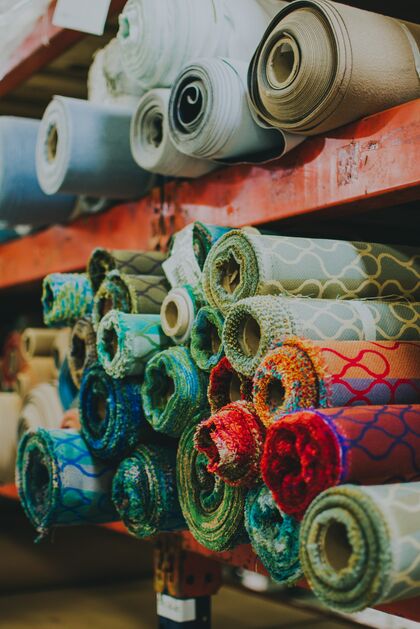Loading...

Learning Spaces Pilot Programs - Setting the Stage (Part 1)
As a learning space designer, I conduct learning spaces pilot programs for my clients to test spatial designs and help them make decisions about the future of teaching, learning and space. Pilot programs can be designed in a number of ways, but the intent of any program is to help a school or district make informed decisions.
My pilot programs have primarily focused on creating new classroom designs, although there are opportunities to test designs in other areas of a school. Pilot experiences can be created to test and understand wall finishes, classroom technology, the teacher presence in the space, as well as new types of spatial typologies such as standing height cafe spaces and respite and conferencing areas. Pilots also test furniture, including the various attributes offered by the wide variety of desks, tables and chairs and soft seating that are available to schools. And of course, a pilot experience should evaluate the impact of the new space on the daily teaching and learning experience.
When designing a new classroom, consider focusing on the expectations for the teaching and learning experience as the framework for the design. When doing a pilot, I use this framework to design three iterations of a new classroom space. Teachers and students then rotate through the classrooms over a semester (longer is better if possible) to test the spaces. Because the spaces are usually designed with elements that would be difficult to move between classroom spaces (such as a full whiteboard wall), it’s just easier to rotate teachers and students between each of the pilot spaces.
I have also found that it is essential that all pilot participants experience all designs. Giving a single teacher and their classes one design over the pilot experience creates advocates for that design. Rotating classes where all experience every design provides more insightful feedback.
Pilot experiences also provide the school or district with the opportunity to test professional development programs. Helping teachers understand their new space, how furniture works and how the various spaces can be reshaped to provide different learning experiences is absolutely critical and creates a much more impactful pilot experience.
Beyond understanding the impact on teachers and students, pilot programs build momentum and visibility for spatial change. Spatial pilots serve to increase the organizational understanding and readiness required to make big changes at scale across a school. They are also essential in understanding the smallest and most nuanced outcomes that sometimes become the most important aspect of the effort.
In part two of this series, I’ll discuss what I have observed as outcomes of successful pilot experiences.
David Jakes’ career as an educational designer has been influenced by the variety of roles and positions that he has held over 35 years. As a classroom science teacher, David developed a deep understanding of teaching and learning that has served as a foundation for his entire professional life....Read More